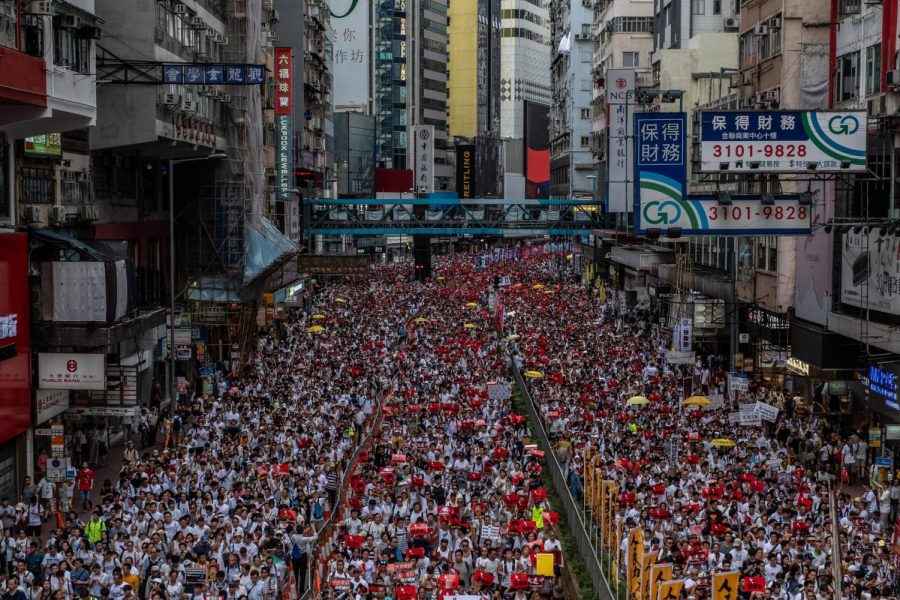The Hong Kong Protests: What You Need to Know
The 2019-2020 Hong Kong Protests are, as of January 4th, 2020, ongoing protests in the city of Hong Kong which is under Chinese control. These protests were in response to an extradition bill and they are the city’s largest protests to date. At the protests, there have been numerous accounts of the police reacting violently, using tear gas and rubber bullets.
In order to better understand the city’s unrest, one must start at the beginning. In 1997, the former British colony was returned to Chinese control under a policy known as “one country, two systems,” which allowed Hong Kong to have autonomy over all matters except those regarding foreign affairs and defense. This autonomy was guaranteed in a constitution of sorts called the Basic Law, which expires in 2047.
Since then, the city has had several continuous protests similar to the ones seen today, each one protesting what was seen as an infringement on Hong Kong’s autonomy. The current protests are no exception to this. The extradition bill that one million people (a seventh of the city’s population) are protesting was proposed by the city’s chief executive Carrie Lam in response to the murder of a Hong Kong woman in Taiwan. Due to the murder taking part in Taiwan, the city could not prosecute the woman’s murderer, who returned to Hong Kong, and they did not have legal grounds to send him to Taiwan to be persecuted there.
In response to this, Carrie Lam pushed for a law that would allow the murderer to be extradited or sent to Taiwan to be persecuted. Although it seems like a good idea on paper, the problem with the bill lies in the fact that an extradition bill would allow people to be extradited not only to Taiwan but also to mainland China, which presents a threat not just to criminals but also to anyone viewed as a political adversary to the Communist Party in mainland China. Thus, the law would, essentially, take away a bit of Hong Kong’s political autonomy.
Despite the reach the internet has, it is hard to stay updated on the protests when they take place leagues away. When asked about whether or not they heard about the protests and if they knew what was going on, all students interviewed said they were not fully aware of what was going on in the city. Many had a basic understanding of what was occurring, and many said they were not informed enough on the protests to fully form an opinion.
One student, however, had a different perspective from the others due to their background. When asked about whether they stood in support of either the protesters or of the government, the student, who wished to stay anonymous, explained how they were unsure. “It’s complicated and messy and people are getting hurt, and there’s a stark contrast between what I’ve grown up being taught about why China is the way it is at home and what western society and people online are saying,” the student explained, offering details about their background and how it influenced their stance.
The student then went on to compare these Hong Kong protests with the Tiananmen protests, which were student-led protests in Beijing in 1989 that led to heavy violence. They explained how the Chinese government was, of course, not supportive of the protests but the students were later commended.
“I guess it just has me wondering, after all is said and done, what side will history take?” The student added.
The Hong Kong protests are one instance of the struggle for autonomy in the modern era. There have, are, and will be more instances and it is important that we as a people remember this sentiment in the coming days.
Your donation will support the student journalists of DSST - Montview High School. Your contribution will allow us to purchase equipment and cover our annual website hosting costs.

